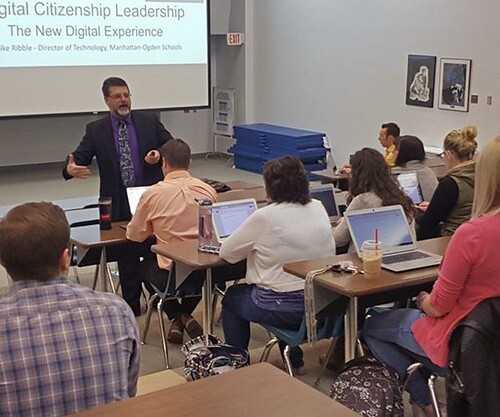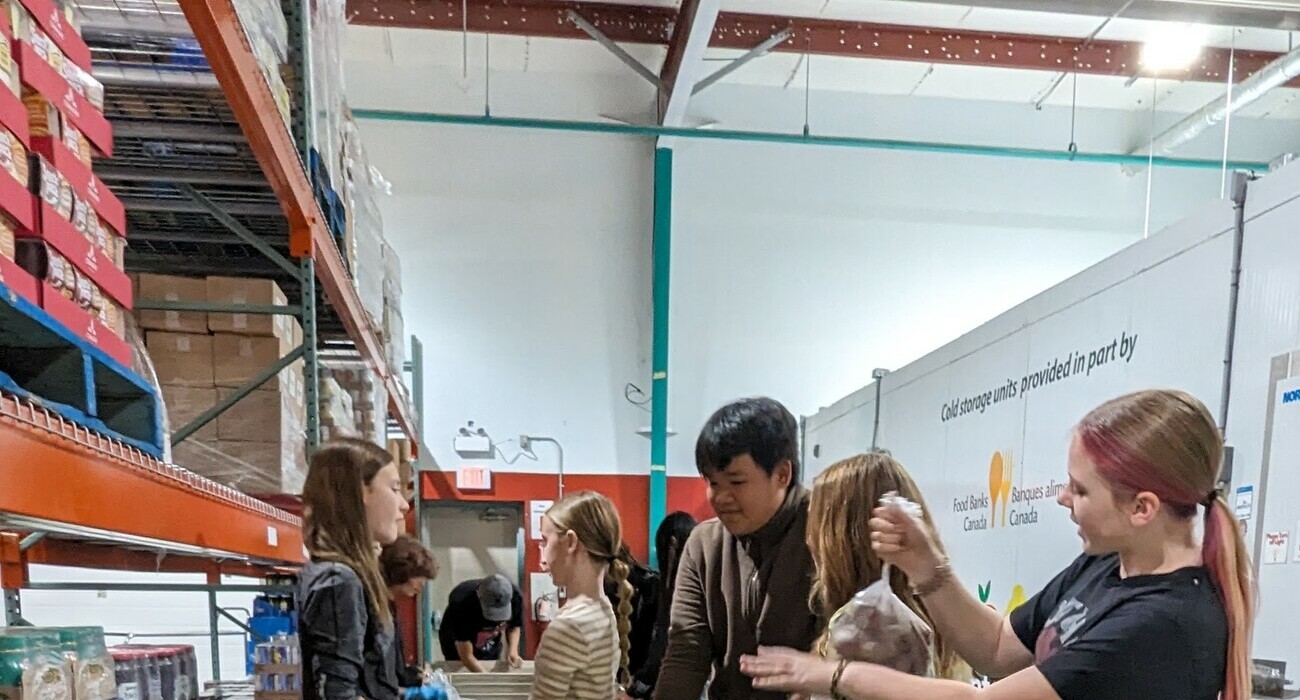
Today’s students are immersed in technology from an early age, but that doesn’t mean all of them know how to use it safely, or appropriately.
That’s why Palliser Regional Schools recently played host to Mike Ribble, an internationally-renowned expert on digital citizenship. Palliser, along with Lethbridge School District No. 51 and other partners, brought him in to provide workshops for not only teachers and school administrators, but also a free information evening for parents.
Ribble’s hope is that students are “safe, savvy and social” when using the many digital tools available to them. Sarah Petersen says her students at Noble Central School may not be as savvy as they think.
“They know more than I do about what apps are out there and how to use things, but not how to use them well,” says the Grade 6 teacher. “The etiquette side and safety side of things is more what I am concerned about.”
Petersen signed up for the workshop because she was looking for resources to teach her students how to use the Internet safely and responsibly.
Associate Superintendent Tom Hamer says Palliser’s goal is to prepare students for life in a digital world, and that involves more than just online safety. There shouldn’t be a distinction between what is acceptable in the physical world and the digital world, he says.
Palliser has been having discussions with principals about raising awareness of digital citizenship not only at their school, but with the larger community. He compares teaching children how to drive with teaching them how to use a smart phone.
"If you asked any parent if they would give their car keys to their six-year-old and tell them to 'go play',' they would say 'absolutely not!' says Hamer. "How many of them would give their cell phone to their six-year-old to play with unsupervised? Many do."
Both are powerful tools, and parents and school staff need to model the appropriate behaviour, he says, by sitting down with them and showing them how to use technology effectively, and correcting them when they make mistakes.
The fact they will make mistakes along the way is not reason enough to take technology away from students, Hamer says.
Heather Williams, a teacher at Arrowwood Community School, attended Ribble’s workshop because she wanted to know more about the do’s than the don’ts. If students are continually told what they can’t do, it’s natural for them to push back a little.
“If we have more ‘do’s’ they are going to push forward, rather than push back,” she says.
Alberta Education has included elements of digital citizenship in draft curriculum now under consideration for Grades 1-4. Hamer is excited to see formal outcomes teachers will be asked to teach their students, and believes the sooner they get those messages the better.
Williams, who teaches Grades 3 and 4 in addition to junior high students, agrees.
“I see it with the junior highs, the things they are doing,” she says, adding she has read the draft curriculum and hopes to pilot it with her students. “We need to take a step back and we need to teach them so by the time they get to me in junior high they have those skills.”
Petersen says teaching students to be good digital citizens is essential, given the prevalence of technology these days and job requirements of the future.
“I don’t want them to go out into the world and just have no guidance whatsoever, and flounder around and have to figure it out on their own,” she says.
Moving forward, Hamer says Palliser needs to continue to work with principals on how they can imbed the messages of digital citizenship into what they are already doing, and provide them with the support and the resources they require.
“If a teacher sees someone writing on the wall of the school, they would intervene. If you see students doing something unsafe or inappropriate in the digital world, you need to react very much the same way,” he says
Mike Ribble helps teachers shape a vision for digital citizenship in their own schools.

